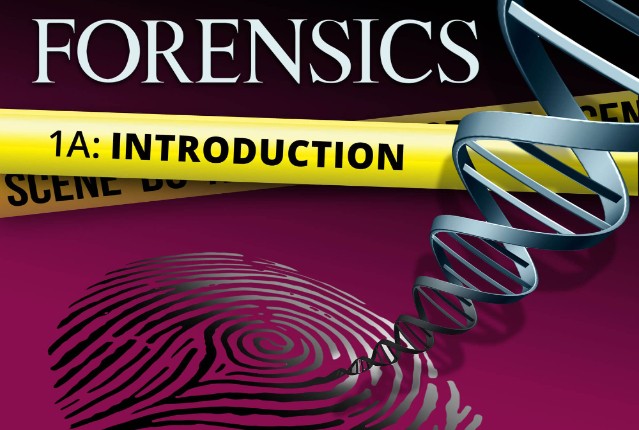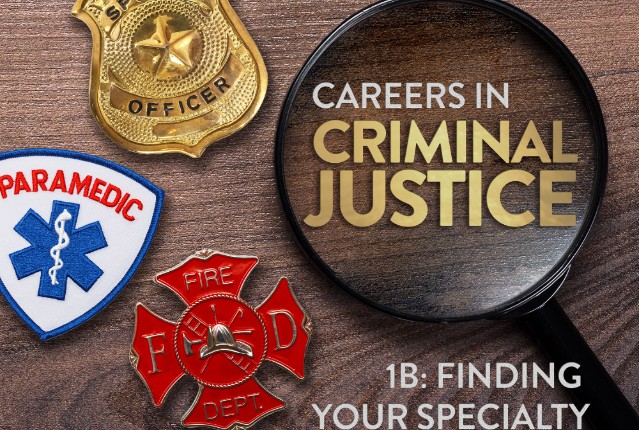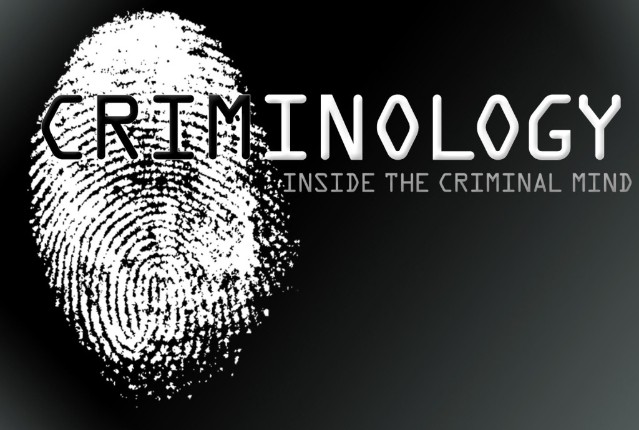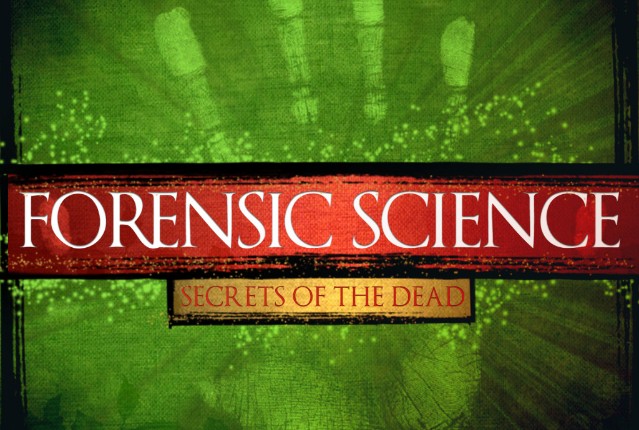
Forensics 1a: Introduction
Our notions of forensics are often fictionalized, containing fantastic notions of what forensic science really is. In this course, you’ll explore the truth behind the science from its history to its modern-day developments. You will learn how detectives conduct thorough investigations as well as common equipment and methods that are used throughout the field. Finally, you will learn about collecting and analyzing the most common types of evidence found at a crime scene and how they guide investigators to answers. Let’s track your interests and continue your pursuit of justice through science!
Review course outlineAccess for a year
USD 299.00*
* Choose more courses to get a discount





